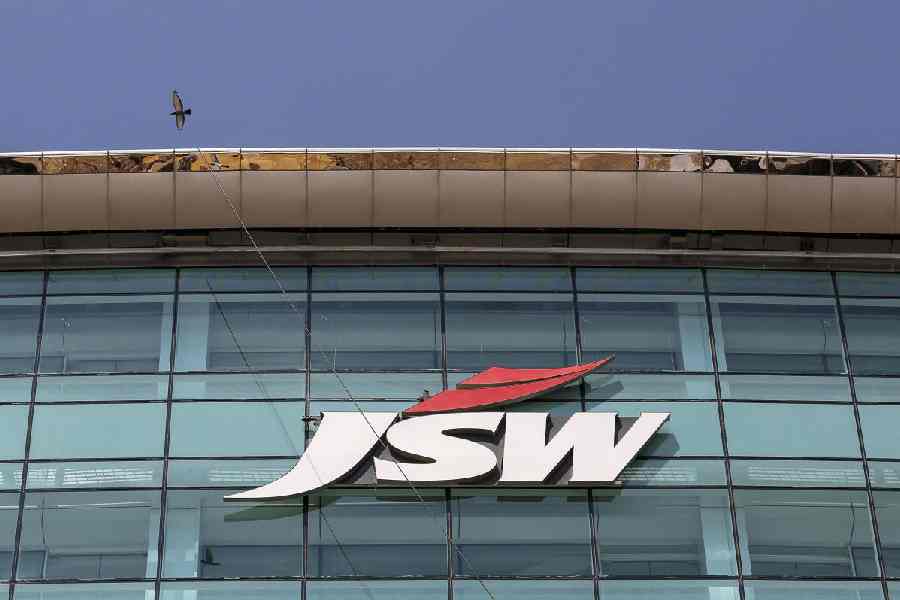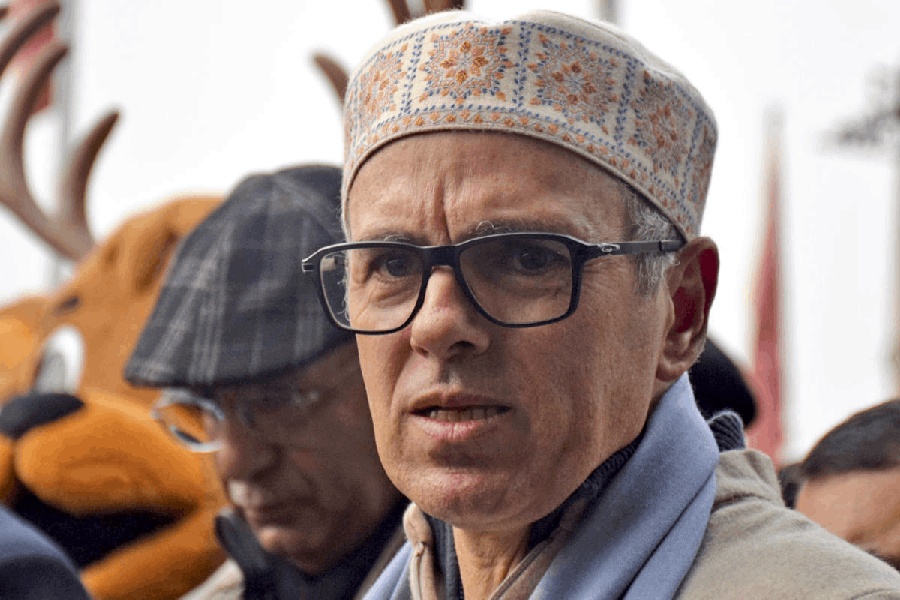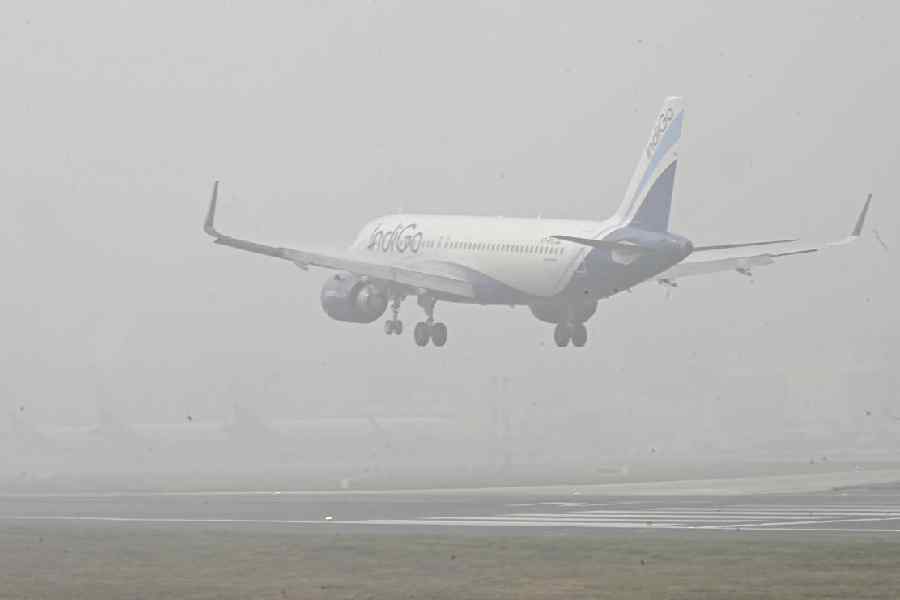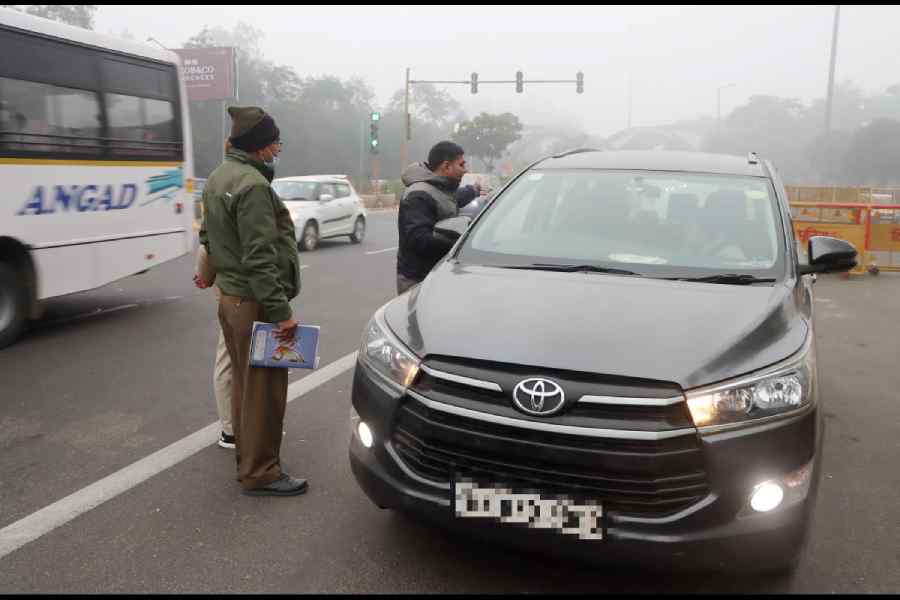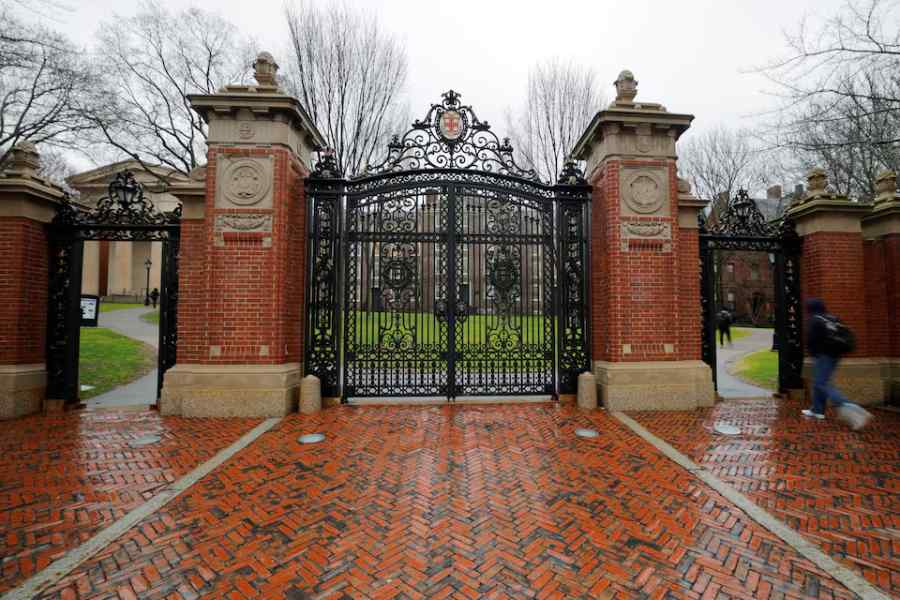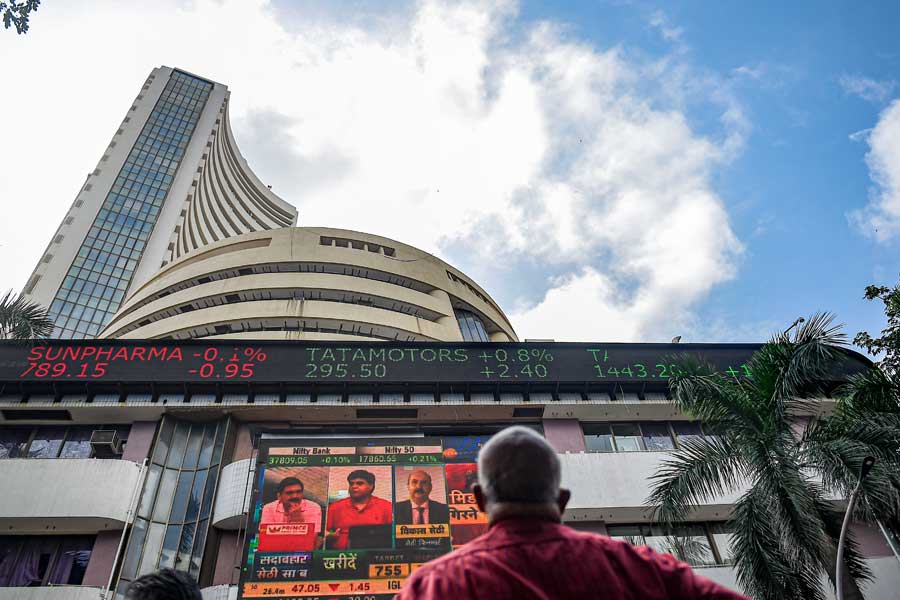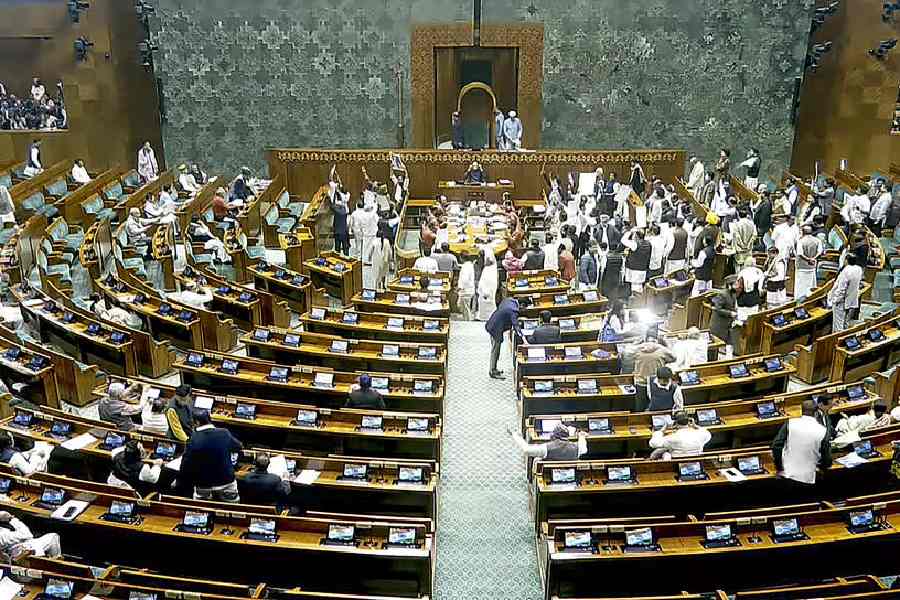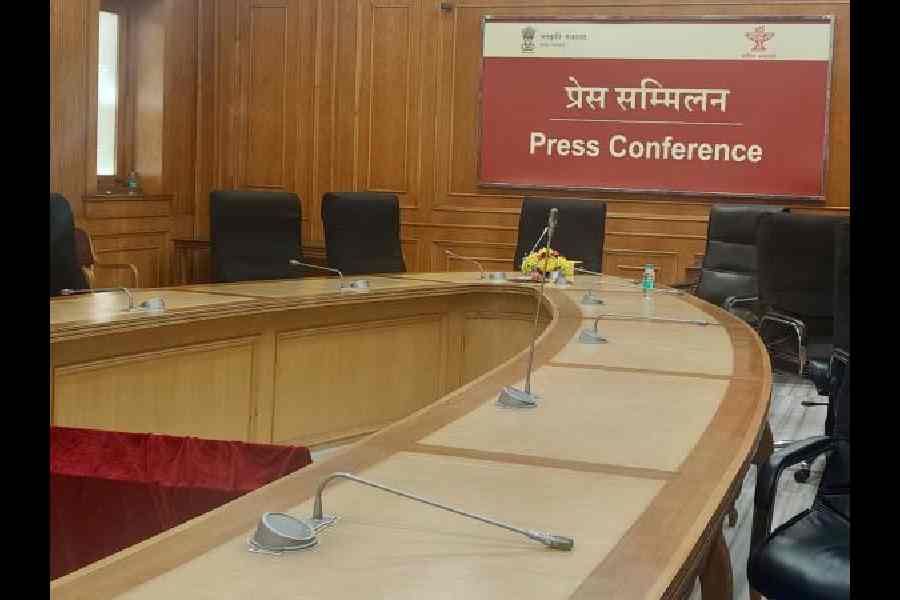JSW Steel, India’s largest producer by domestic capacity, has warned that imports to India would jump again if tariff turmoil leads to trade diversions and urged the Centre to extend the provisional safeguard duty with a higher rate.
India had imposed a 12 per cent duty on carbon steel imports on April 21 for 200 days, cushioning the domestic sector from an import onslaught. However, the country continued to be a net importer even as shipments to India dropped by 33.6 per cent quarter-on-quarter to 1.41 million tonnes in the three months ended June.
“While the safeguard duty has helped, India is again being seen as a target. They (exporters) are absorbing part of this 12 per cent and then moving material here because the choices are limited,” Jayant Acharya, joint managing director and CEO of JSW Steel, said.
In a post results conversation with The Telegraph, he said rising import from Asean countries, many of whom have FTAs with India, is a concern, adding that low-priced steels have come from Russia after a long time and more is likely to come from other sources in subsequent months.
Steelmakers argue it is not the volume but the price at which shipments are coming that is impacting sentiments, driving down prices. Steel prices have come off in June and July, with monsoon impacting demand and a rise in imports.
“Imports from Asean countries last quarter have picked up by 112 per cent YoY, and QoQ by 72 per cent. This is a big jump impacting sentiments. Exporters, who pay zero duty due to FTA, are absorbing a part of the 12 per cent duty and sending shipments to India,” Acharya said.
A key factor in global seaborne steel movement remains China, which is exporting with gusto due to softer domestic demand. Some of this is landing in India through third countries, especially Asean.
He pointed towards the levy being put by the US (50 per cent) and EU on steel to protect the domestic industry, arguing that a long-term fix is required to encourage steel capex — the most prominent and capital-intensive among private capex — to continue.
Asked if steel manufacturers are looking for a higher duty, Acharya said, “Many countries have put 25 per cent barriers for a long time. India should think on those lines to give long-term visibility.”
Cost tailwind
While low-priced imports remain a concern, JSW is hoping that benign raw materials (coking coal and iron ore) will support margins, and demand will pick up after the rainy season. The company expects a benchmark interest rate cut, tax breaks will stoke urban demand, while a good monsoon will keep rural demand healthy.
The company benefited from a $14-a-tonne reduction in coking coal prices in Q1, and it may continue. JSW will also benefit from lower fixed costs of operations from bigger blast furnaces (Jindal Vijaynagar Metallics), which have come to production.
New iron ore mines in Goa and Karnataka will start production later this year, bringing down costs. The subsidiaries are also performing well, especially the US, which had a $23 million positive swing in EBIDTA in Q1 over Q4FY25 due to a strong pricing environment led by tariff protection.
“We expect the overall consumption to improve during the festive seasons and hopefully, the global headwinds (led by tariff turmoil) will be less in the second half,” Acharya said.
Capex outline
Even as the fate of the long-term safeguard levy remains unknown, JSW has committed to going up to 42 mt by September 2027 when a new 5 mt capacity in Dolvi, Maharashtra, and a 1.5 mt debottlenecking exercise at Vijaynagar are complete.
The company has chalked out plans to reach all the way up to 50 mt by 2031, with another 5 mt capacity in Vijaynagar and 4 mt in Maharashtra. It, however, does not include a greenfield steel plant at Paradip, where the government of Odisha has provided land, earlier earmarked for the ill-fated Posco project, to JSW.
JSW is building a 30 mt capacity slurry pipeline to take iron ore to Paradip, where a grinding unit, a beneficiation plant and a pellet plant are coming up.
“Then we will move to the steel-making facility for a 5 mt module to begin with, even as capacity can go up to 13 mt in phases,” Acharya said, adding the Paradip project is not part of the 2030 roadmap.
With the Q1 results, where JSW posted a 154 per cent jump in PAT, it also announced the acquisition of a 887-acre plot. Acharya explained the land is near Cuttack, close to both mines and the port.
“We felt it was good to have because aggregating land takes a lot of time. It would come in handy later,” he said, clarifying that Paradip would remain
a priority in Odisha for the time being.

